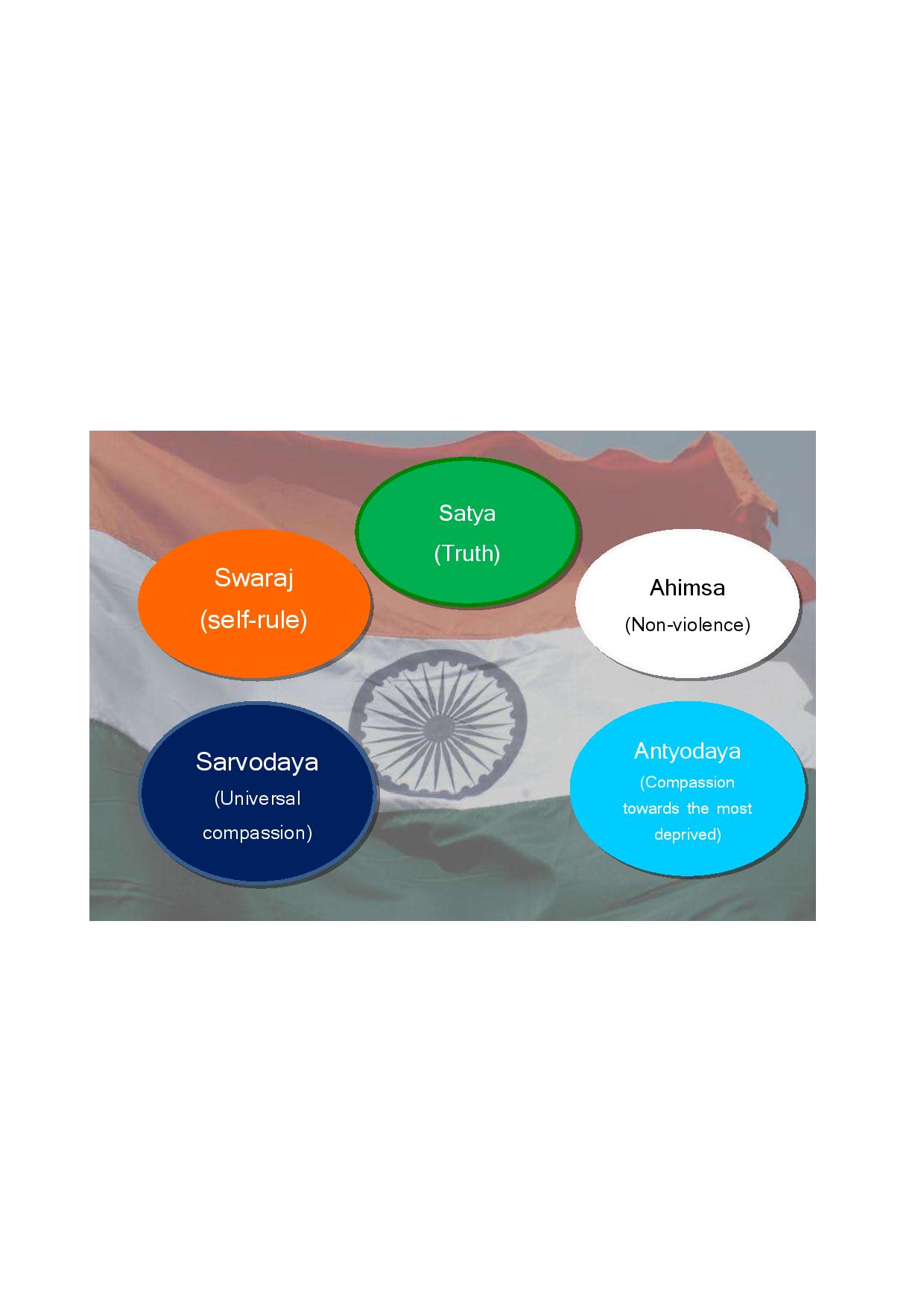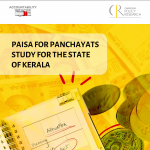
A Day of Swaraj
4 August 2014
I suppose each one of us has a favourite Independence Day recollection. Yet, funnily enough, my defining Independence Day moment did not happen on the fifteenth of August.
During the spring of 2011, I was involved in designing and rolling out a learning programme organised by the Kutch Nava Nirman Abhiyan, a federated collective of NGOs working in the western-most district of India, Kutch. Along its northern reaches lies a dazzling salt encrusted white desert, which extends all the way to the Pakistan border. To the south of the desert are the Banni grasslands, where nomadic tribal people; Maldharis, tend their herds of buffaloes and camels. The Abhiyan had set up ‘setu’ offices, literally meaning, bridges, which were used by the member NGOs to deliver their outreach programmes to far flung and remote communities in the district.
Over the years, several communities had mingled and co-existed in Kutch, resulting in an array of cultures, customs and traditions. What these communities share in common is a love for bright colour. The styles of their intricately embroidered clothing are beautiful beyond measure and are specific to each community.
What will you do if the government withdraws all these schemes and projects? We asked in desperation. We were met with disbelieving stares.
In an experiment supported by the Swiss Agency for Development and Cooperation, Abhiyan designed a different kind of learning and experience sharing programme for the elected panchayat representatives and Setu level staff. My partners in designing and delivering the programme included a stellar cast of dedicated experts drawn from diverse fields. Sushma Iyengar, the brain and inspiration, was a legend in the district, having worked there for thirty years on the issues of gender, poverty, conservation and disaster relief. Parimala Inamdar brought in a lifetime of experience as a thought leader and designer of pedagogies for training; she focused not only on the design of the learning strategies in the classroom, but also on experimenting with whether learners, some of whom were barely literate, could use techniques involving the internet, for communicating with each other, sharing information and collaboratively enhancing each other’s knowledge. Zulfiquar Haider came in as an expert on leadership and advocacy. The programme, which was to run over six months, comprised of three week-long face-to-face sessions, named Prajatantra (democracy), Aayojan ka Adhikar (the right to plan) and Bhavishya (the future), with intervening periods in which learners were to undertake projects, using the insights gained in the classroom, back in their villages.
During ‘Prajatantra’, learners had been guided to discover their own innate democratic practices. I led sessions that spoke about India’s constitution, how our democracy was designed and finally, how the Constitution was amended to mandate the constitution of Panchayats as the local tier of government. We had spoken about freedom and what it meant for each one of us.
However, in the first few sessions of the Aayojan ka Adhikar programme, when we asked participants to define their vision for their Panchayats, I sensed that something was amiss. Participants reeled out what they wanted to do, but confined themselves to describing how they would use the plans and programmes of the government that were available to them. They would build roads and water harvesting structures with the rural employment guarantee programme; distribute houses under the rural housing programme and suchlike. No, but that was not governance, we said. You have the freedom to govern your Panchayats, and that goes far beyond implementing schemes given to you by the government, we said. And what will you do if the government withdraws all these schemes and projects? We asked in desperation. We were met with disbelieving stares.
We needed a new approach.
I then remembered an article written by Professor Mohan Gopal, a distinguished legal academician, who was once the Director of the National Law School of India University, in Bangalore. In a search for what were the inspirations for the Rights guaranteed in the Constitution, Professor Gopal had attempted to dissect its operative language of the constitution. He argued that the constitution contained seventy five ‘core value edicts’, which in turn could be linked to the twelve ‘core ideals’ in the objectives resolution of the Constituent Assembly, when they set out on the task of crafting it.
But what had inspired the twelve core ideals?
As I warmed up to the theme, I had the attention of the classroom. They did not need too much of prompting, before discovering Professor Gopal’s five core beliefs that inspired the freedom struggle. These were
Satya; truth
Ahimsa; non-violence
Swaraj; self-rule
Sarvodaya; compassion towards everyone
Antyodaya; compassion towards the most deprived.
Why not we re-think one’s village plans, on the basis of these ideals, rather than the availability of money through various schemes?
The transformation was electric.
Over the next few hours, groups of learners huddled together, building their vision of what they wanted for their village. When they returned to present their results to each other, their plans were breathtakingly different.
Maybe, we need a second freedom struggle to demand that the way we look at governance ought to be overturned; that it has to start with the our immediate surroundings and then proceed upward.
They spoke about their Panchayats being corruption free. That’s our commitment to Satya, they said. We will ensure that there are no instances of domestic violence in our village; in our quest for Ahimsa and Sarvodaya. We will plant trees and conserve soil – that would fit under Sarvodaya too. One friend said it was also Ahimsa; non-violence was not only to be practiced with respect to people and animals, but land as well. We will ensure that poverty is eliminated, that destitute people would be supported – we will achieve Antyodaya.
Nobody spoke of government programmes and schemes any longer. They only saw these as support systems with which they could achieve a larger ideal; that of a just, harmonious, all inclusive and happy existence.
And that’s how we discovered that Swaraj can be ours, if only we discover that the power to claim it is within us.
Can you imagine what kind of revolution of development would happen, if each Panchayat and Municipality – and within it each ward and mohalla – discovers the Swaraj that lies within them and work for Satya, Ahimsa, Sarvodaya and Antyodaya?
For too long, we have waited for the government to deliver conveniences to us. We are prisoners of plans and budgets designed at the top. True, the Centre and the State governments are ours as well. We have the freedom to elect them, but thereafter, there is precious little freedom for us to question them on a day to day basis. We need to reclaim our spaces from these levels; not in ways that undermine them – that would be a contradiction of the freedom that we cherish – but in ways that decentralizes governance closer to us.
Panchayats and Municipalities are the level of government that is closest to us; its representatives are more likely to have eye contact with us on a daily basis. Let the centre and the State do what they are supposed to do and not interfere in the business of our local governments. Swaraj is not achieved if foreign rulers leave, it has to be practiced on a daily basis, at the local level.
Maybe, we need a second freedom struggle to demand that the way we look at governance ought to be overturned; that it has to start with the our immediate surroundings and then proceed upward.
We are the first mile and the Government of India the last, not the other way around.






